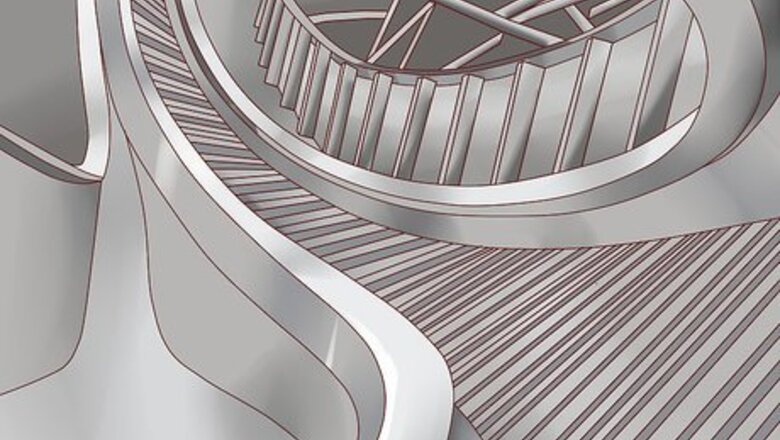
views

Choose the design which you want to be made into a model. Is it the cute children's design, or the big beastly monster that will have everybody screaming with delight and fear?

Make sure the design is properly put together, and completed. You wouldn't want your work to collapse into a giant pile of garbage.
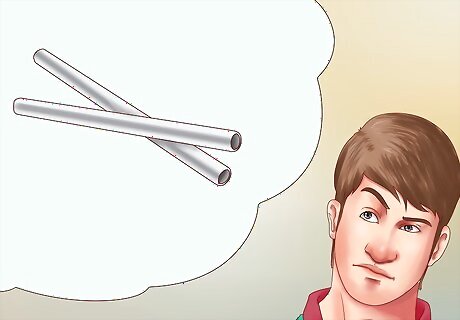
Select the type of material you would like for your model to be made of. Clay, metal, some people even make them out of Popsicle sticks and toothpicks! Create a list of all the materials which you selected in the previous step, and purchase them. These can be found in most arts and crafts stores.
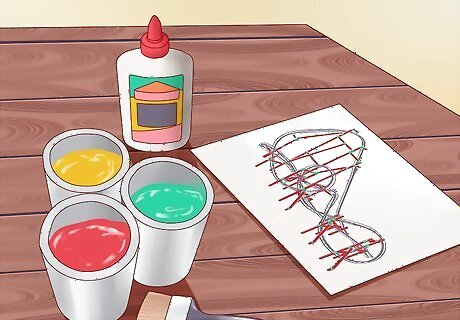
Map out how you plan on building your model on its structure, track, and supports. These categories, are very important for completing the entire project, and supporting the model. Using Plexiglas, layout the shape of the model first with a regular marker. once the layout of the model is properly put down, go over the layout in permanent marker. Now you are ready to begin the building process. Begin to gather all necessary supplies for the model such as glue, the material used for the model itself, paint, and scenery pieces. Take time to carefully put the model together, so that you are sure that it is securely constructed, and strong.
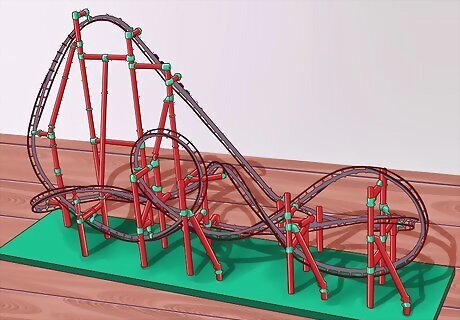
Be sure to build your model on a material (preferably green or brown to resemble the ground) which will stand firm.

Check to make sure all parts of the track and supports are in the model such as supports, and all track segments. Now the lift hill, or launch sections will be applied. Lift Hill

Depending on the type of roller coaster, the difficulty of applying the lift hill may vary. A wooden roller coaster will be harder to apply, as the chain of the lift must squeeze in between the supports underneath the track.
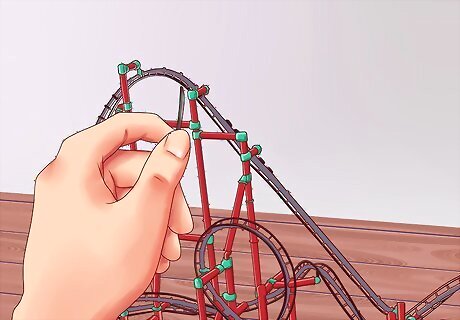
Begin placing 3-4 wires next to each other in the center of the track on the lift hill.
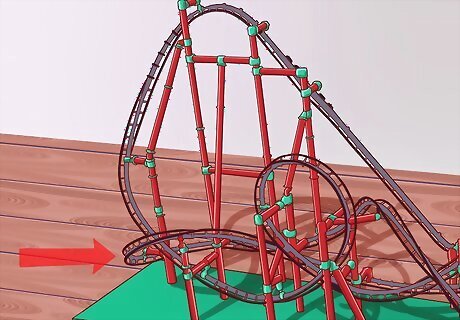
Select 2 places at the top and bottom of the track, where the lift will go through to meet under the track.
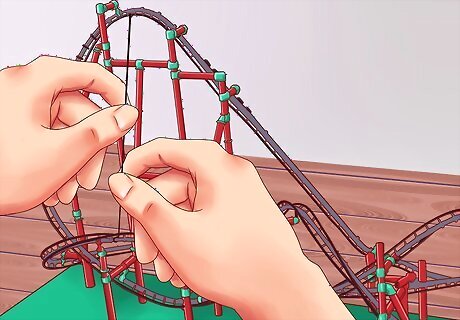
Using great caution, on the side of the first hill begin to thread the wire under the supports, until both ends meet. Glue both together, and allow to dry. Steel roller coasters are much easier to apply the lift to.

Take 3-4 wires, and begin applying them with glue to the top side of the lift hill. Launch sections
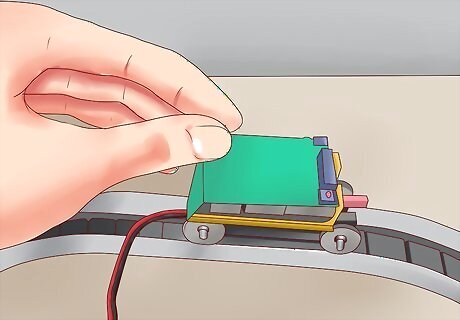
The launch sections are usually simple to place on models, since majority of roller coasters with them are flat. The following will explain the most common forms of launches. LSM Linear Synchronous Motor is basically the simplest to apply, and can be found on the recently opened roller coaster Maverick, at Cedar Point.
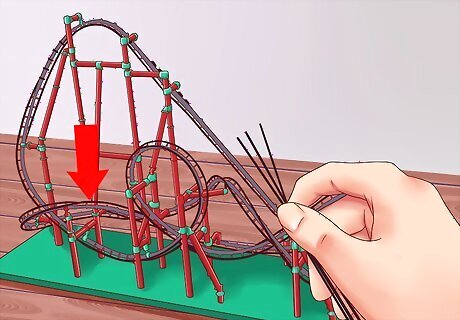
Apply 2 or 3 wires onto the launching section of the model, up to the hill, inversion, turn etc. As easily as that, you're done! LIM Linear Induction Motors are fairly easy to apply, and are often featured inside of the coaster's station. Most launched roller coasters are LIM roller coasters.
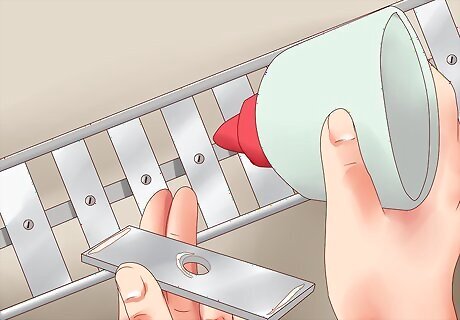
These types of roller coasters use magnetic mechanisms to launch forward. Small pieces of plastic can easily do the job. Begin to gently squirt glue onto the inner portion of the designated track. begin placing each piece on the track individually, and hold each into place for a short amount of time. Hydraulic
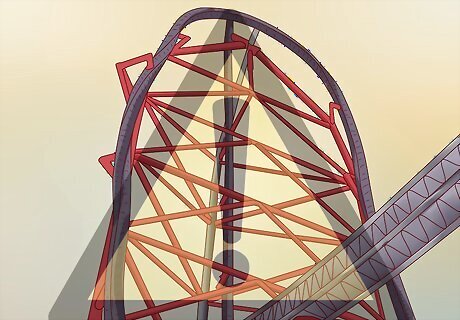
Hydraulic launched roller coaster models require more attention, because the launch section requires dozens of brakes. Kingda Ka, Top Thrill Dragster, and Storm Runner are all hydraulic launched.
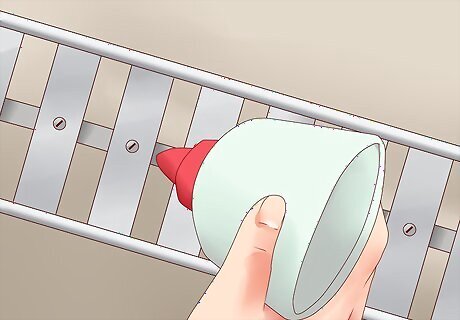
Small metal plates are a great choice, but if you aren't able to get a hold of them, chips of plastic will do. begin applying glue and the plates/plastic onto the track. Make sure the brakes are the closest to being perfectly aligned. NOTE: Hydraulic launched roller coasters must have a rectangular track.
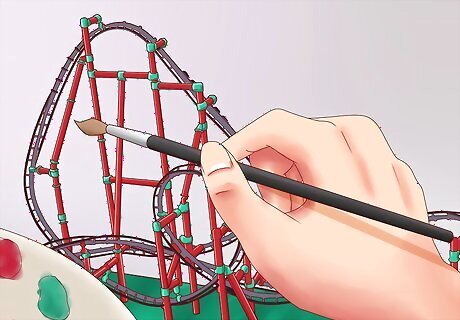
Once the lift or launch section is completed, you are now ready to begin painting your model. The type of paint that you choose isn't the most important thing in the world, but you do need to make a good choice however. Watercolor is acceptable for wood, but less useful for metal. The choice is yours, and yours alone.
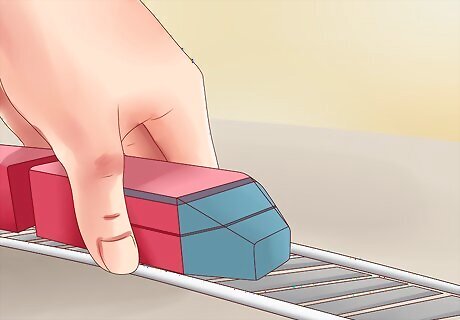
Design a train for your roller coaster, that has a reasonable amount of cars, depending of the size of the model. Make sure that it is able to be placed on any part of the track, however, it does not need to roll.
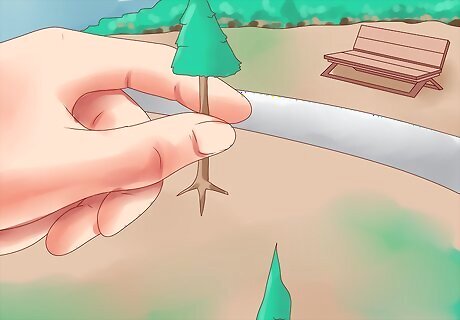
Gather all types of scenery which you purchased earlier, and begin to bond them onto the surface which the model is built on. This final step is important, to grab the eye of your company. without scenery, the roller coaster will often look droll, and the viewers will have a lack of interest.










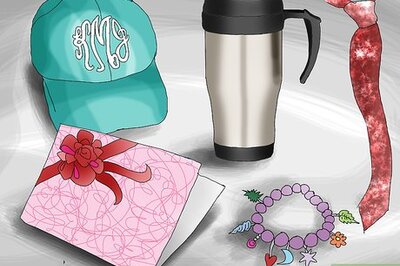
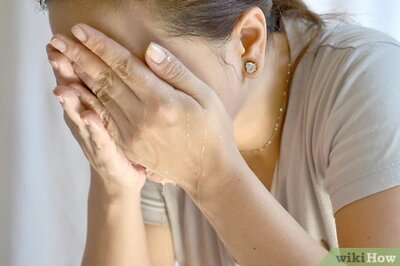







Comments
0 comment